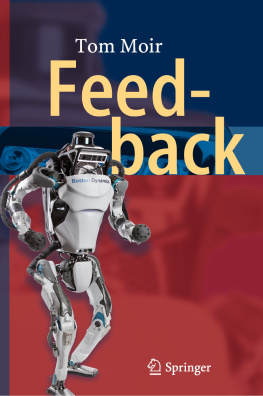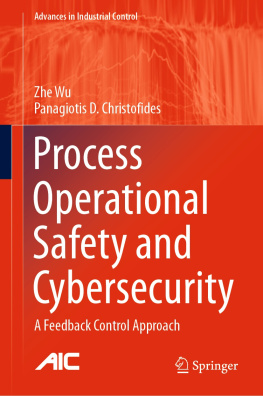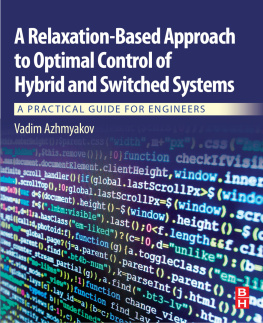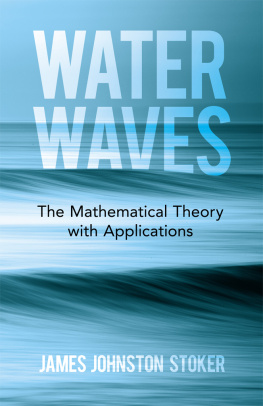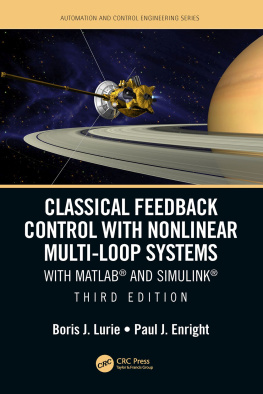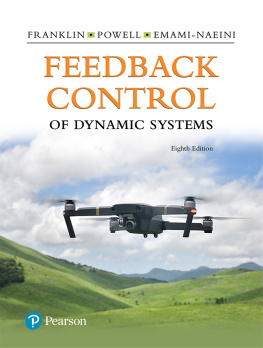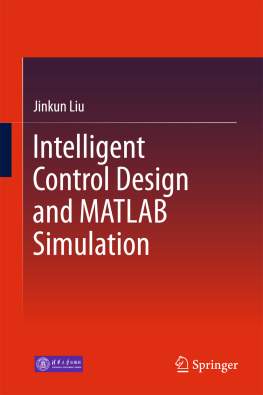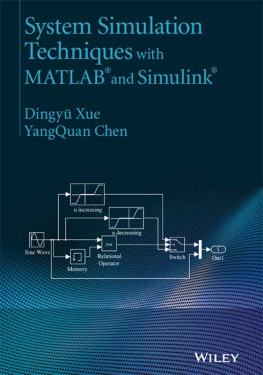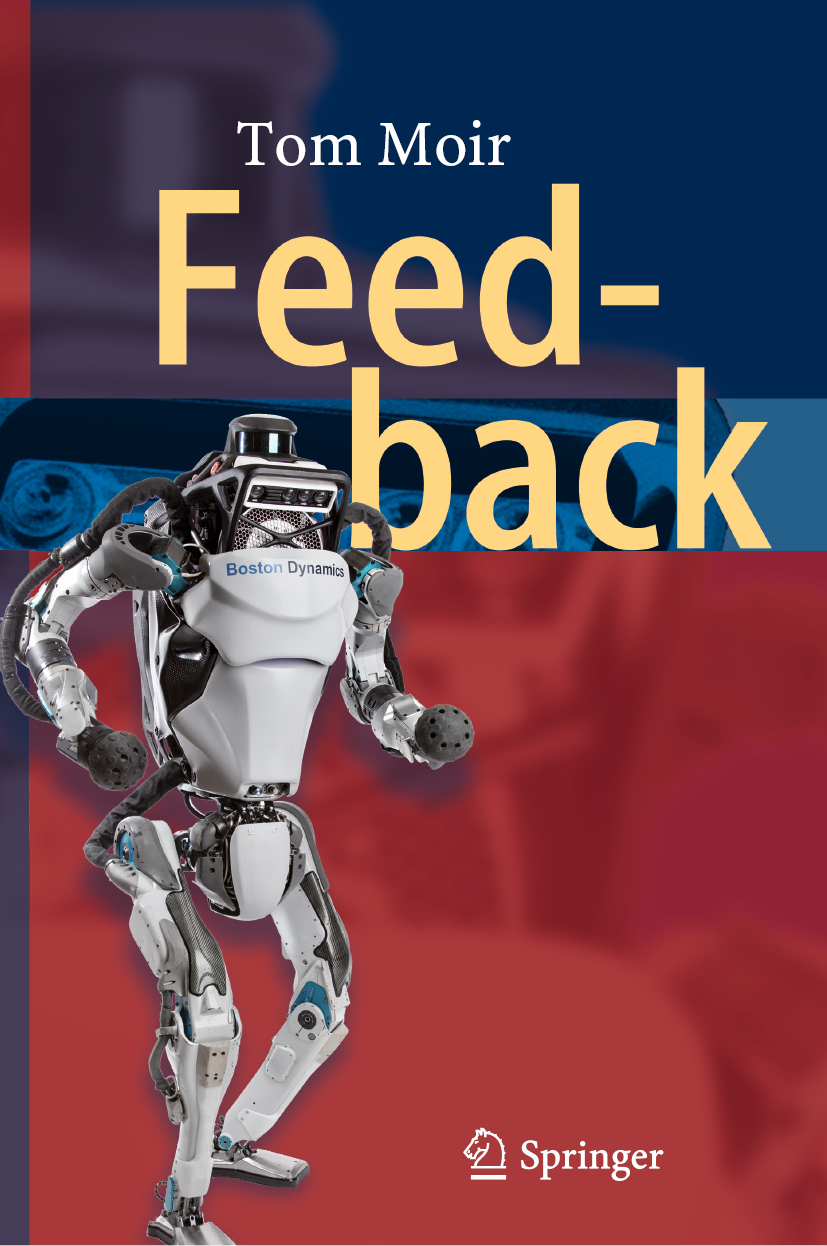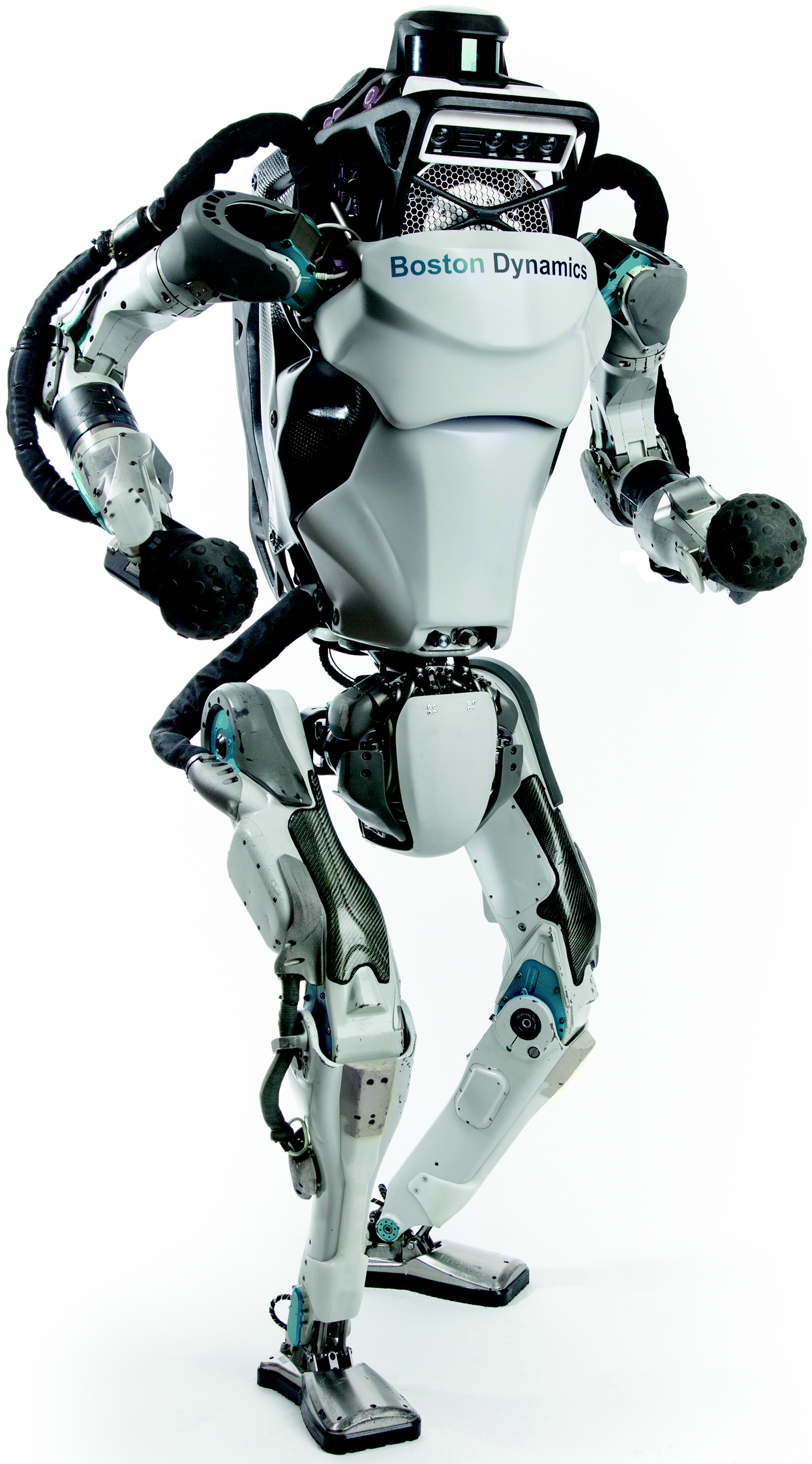Tom Moir
Department of Electrical and Electronic Engineering, School of Engineering, Computer and Mathematical Sciences, Auckland University of Technology, Auckland, New Zealand
MATLAB and SIMULINK are registered trademarks of The MathWorks, Inc, MathWorks Inc, Natick, MA, USA
LabView and myRio are registered trademarks of National Instruments, Austin, TX, USA
Mathematica is the registered trademark of Wolfram Research, Champaign, IL, USA
ISBN 978-3-030-34838-0 e-ISBN 978-3-030-34839-7
https://doi.org/10.1007/978-3-030-34839-7
Springer Nature Switzerland AG 2020
This work is subject to copyright. All rights are reserved by the Publisher, whether the whole or part of the material is concerned, specifically the rights of translation, reprinting, reuse of illustrations, recitation, broadcasting, reproduction on microfilms or in any other physical way, and transmission or information storage and retrieval, electronic adaptation, computer software, or by similar or dissimilar methodology now known or hereafter developed.
The use of general descriptive names, registered names, trademarks, service marks, etc. in this publication does not imply, even in the absence of a specific statement, that such names are exempt from the relevant protective laws and regulations and therefore free for general use.
The publisher, the authors and the editors are safe to assume that the advice and information in this book are believed to be true and accurate at the date of publication. Neither the publisher nor the authors or the editors give a warranty, expressed or implied, with respect to the material contained herein or for any errors or omissions that may have been made. The publisher remains neutral with regard to jurisdictional claims in published maps and institutional affiliations.
Front Page picture credit. Atlas robot Image, courtesy of Boston Dynamics.
This Springer imprint is published by the registered company Springer Nature Switzerland AG
The registered company address is: Gewerbestrasse 11, 6330 Cham, Switzerland
Preface
This book is an accumulation of nearly 40 years of theoretical and practical experience. It is intended mainly for Electrical and Electronic Engineers but would also be suitable for Mechatronics Engineers and some aspects would be of interest to Mechanical Engineers. A first-level university course in mathematics and circuit theory is assumed as prerequisites. This book cuts through the theory and gets to the important design aspects which every engineer should know. Many of the fundamental concepts in feedback theory are still in use, but with the advent of modern software packages many have become obsolete. The book therefore concentrates on the important and pays respect to what once was but is no longer necessary. A historic background of the theory is made in Chap.begin what has become known as Modern control-theory using state-space analysis.
Chapterincludes the Kalman filter as both an optimal state-estimator and a parameter-estimator. Deterministic recursive-least-squares (RLS) is also discussed.
Chapterincludes much information missed in most textbooks. It is a practical guide to implementing digital servos with real results as captured on a LabView-based system with a student myRio as embedded processor. This includes the embedded programming of a Kalman filter and all design equations.
Chaptersincludes some research topics that have not been seen before, and these include how feedback has been used in mathematical algorithms for hundreds of years without the mathematicians who developed the algorithms seeing them in this way.
Chapteris a brief introduction to optimal control. A chapter cannot do justice to such a topic that has had many books written on it for the past 50 years or more. It is meant more of a beginners introduction and any reader should be in a good position to research with more complicated problems outwith the scope of this book.
Perhaps the most striking omission however is that the Nyquist plot is not covered, and neither is the Nichols plot. Both were bread and butter to nearly all undergraduate courses in control. However, although they are of some theoretical interest, they are of little use to the design-engineer. Very few if all people can, or wish to design using a Nyquist-diagram. It has always been the domain of academics and not the practicing engineer. The same goes for root-locus, but the beauty of the method and the insight it gains means that a section is reserved for it. No design is covered using it, but it can give great insight to a student learning linear-systems with feedback. The Routh method of stability analysis has been superseded by fast computer algorithms, but it is given a mention in the book. Much emphasis is put on the design aspect of the control-system. This is the key element for a practicing professional engineer. An engineer must have the ability to visualise and rationalise scientific principles and turn equations based on these principles into hardware and software products.
Many videos that demonstrate the design and test approach to digital-control are available on the authors YouTube channel: https://www.youtube.com/c/TJMoir
The book is organised in tutorial fashion. Example by example builds up from elementary topics to more advanced concepts nearer the end. This is the style that the author has used over the years to teach the subject. The analogue systems and feedback methods are taught well before the digital is attempted. This is intentional and designed to give the student a firm bedrock foundation in analogue before even attempting the digital concepts. This contrasts with many other books which teach analogue and digital simultaneously. The author believes there is little merit to this approach since the real world is analogue and to design in the digital world requires a foundation in analogue first. This is known as deep learning and can take longer than learning the two side by side, but knowledge retention and understanding is better.
Tom Moir
Auckland, New Zealand/Natick, USA/Austin, USA/Champaign, USA
Acknowledgements
I am indebted to many people over the span of my teaching and times in industry. Three people have influenced me greatly. First, Prof. Mike Grimble my Ph.D. supervisor who first taught me many of the basics of stochastic control and inspired me to follow a research career. Then an old colleague Dr. John Barret, whose elegance, knowledge and power over mathematics seems without limit. He taught me simplicity, correct notation and inspired me even more. Finally, with two academics being mentors, I was brought down to earth by a real control-systems engineer whom I worked with for around 30 years in his company, on and off. That man was design-engineer and inventor Archie Pettigrew and the company was Ampsys electronics Ltd. of Paisley, Scotland. Archie had to re-teach me many aspects that get confused in the textbooks, and his wonderful hands-on philosophy of an engineer being at the bench solving real problems stays with me.

